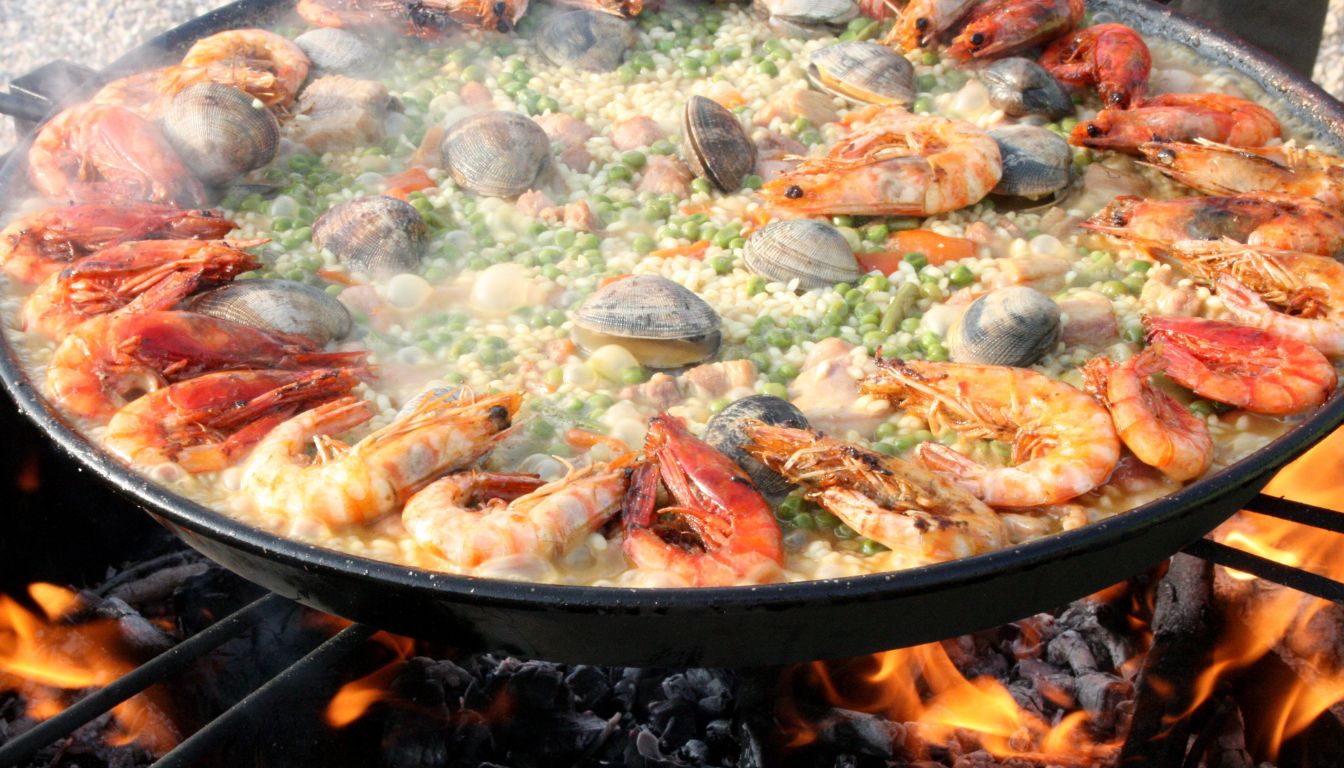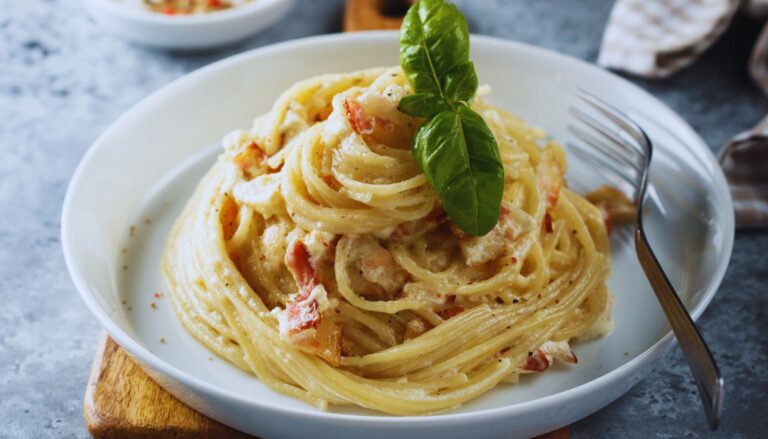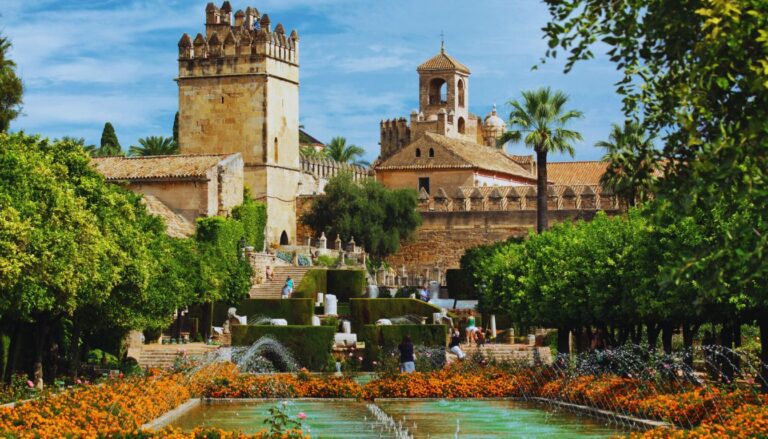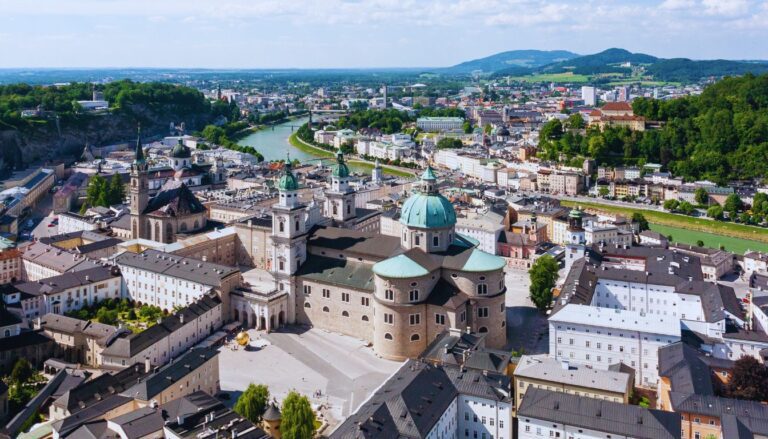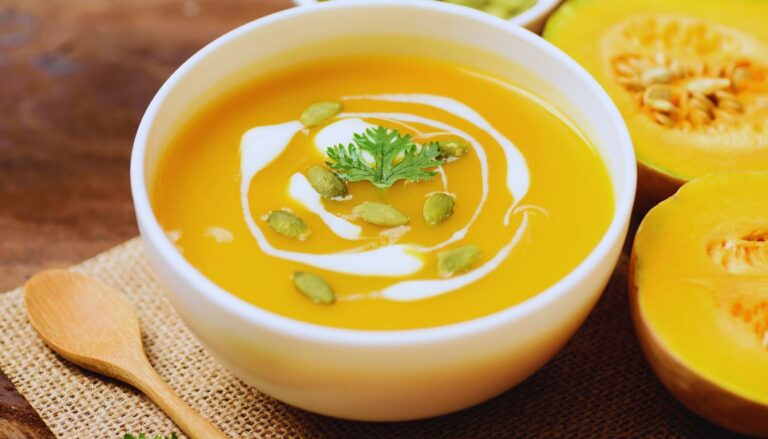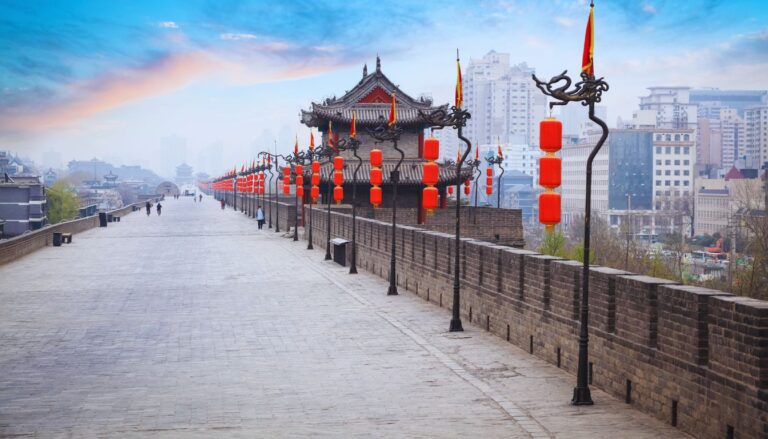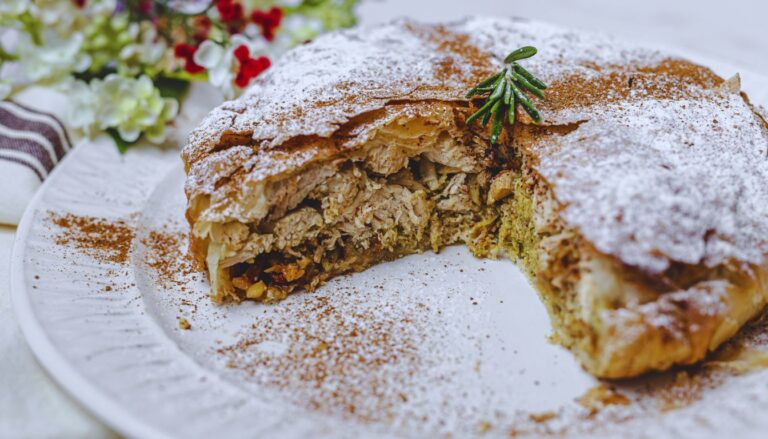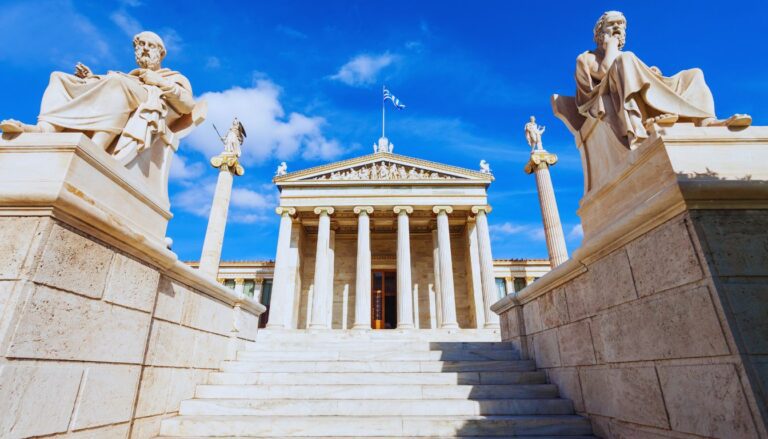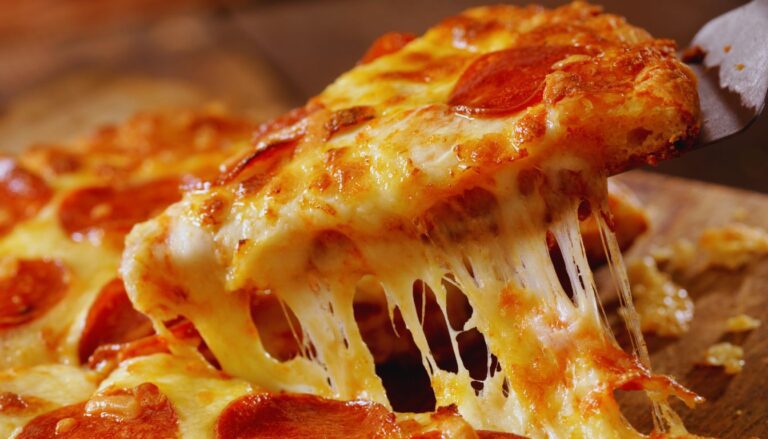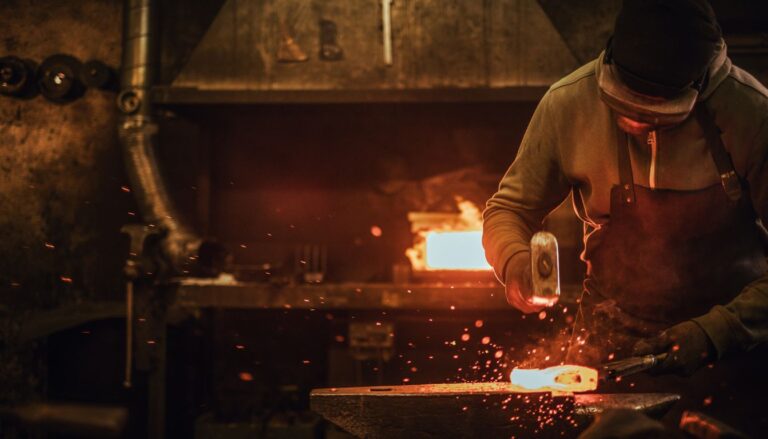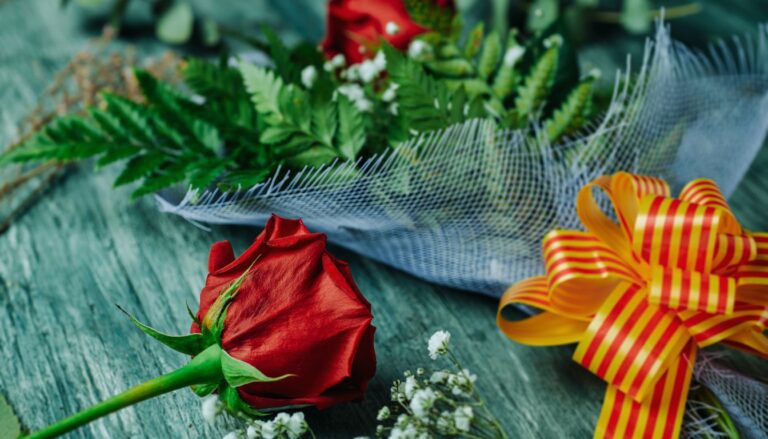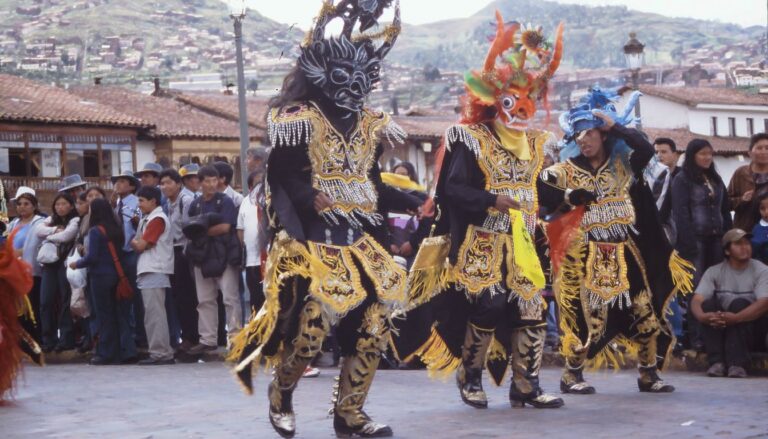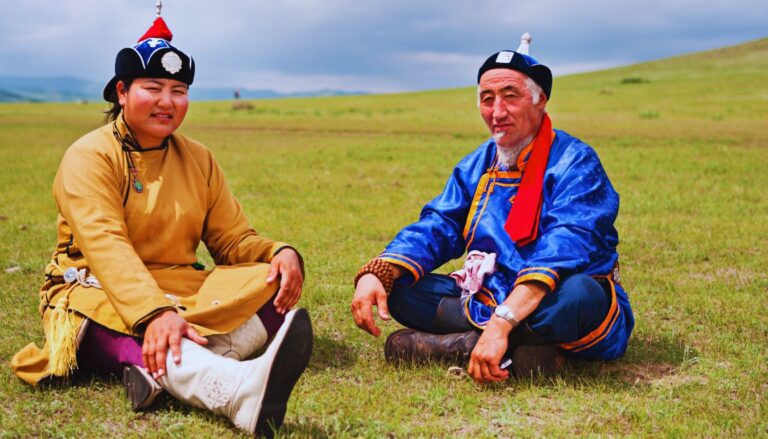Valencian Paella, Valencia Spain
In the sun-drenched rice fields surrounding Valencia, where golden grains wave in the Mediterranean breeze, a centuries-old culinary tradition continues to captivate both locals and visitors alike. Valencian paella, born in the rural fields of Spain’s third-largest city, represents far more than just a rice dish – it’s a celebration of regional pride, family gatherings, and time-honored cooking techniques. Here, the art of paella-making transforms local ingredients into culinary poetry, with each grain of rice telling a story of tradition, family, and authentic Spanish culture.
Table of Contents
Origins and History
The story of Valencian paella begins in the vast rice fields of La Albufera, a freshwater lagoon south of Valencia, during the 18th century. Farm workers needed a practical way to cook lunch in the open air, using local ingredients and the abundant rice introduced by the Moors centuries earlier.
Historical Evolution:
- Origins as a humble farmers’ meal
- Rice cultivation dating back to Moorish times
- Development of special wide, flat paella pan
- Evolution from workday meal to Sunday family tradition
- Recognition as a symbol of regional identity
Cultural Significance
Paella represents the heart of Valencian culture:
- Central to family Sunday gatherings
- Symbol of community and sharing
- Focus of local festivals and celebrations
- Source of regional pride and identity
- Testament to agricultural heritage
- Catalyst for social bonding
Ingredients and Preparation
Authentic Valencian paella requires specific ingredients and techniques:
Essential Components:
- Bomba or Senia rice
- Fresh rabbit and chicken
- Garrofó (Valencian white beans)
- Ferradura (green beans)
- Saffron
- Rosemary
- Artichokes (in season)
- Snails (optional traditional ingredient)
Traditional Preparation Methods:
- Cooking over orange wood fire
- Using traditional wide paella pan
- Creating the perfect socarrat (crispy bottom layer)
- Following precise timing for each ingredient
- Maintaining proper heat distribution
Where to Try It
Notable Establishments:
- Casa Carmela – Beachfront tradition since 1922
- La Pepica – Historic restaurant frequented by Hemingway
- Casa Roberto – Authentic city center experience
- Restaurante Levante – Traditional family recipes
- La Marcelina – Waterfront excellence
Neighborhood Recommendations:
- El Palmar – Traditional rice-growing village
- Malvarrosa Beach – Seaside paella restaurants
- City Center – Historic establishments
- Albufera Natural Park – Authentic rural locations
Eating Etiquette and Customs
Understanding paella culture enhances the experience:
Dining Protocol:
- Traditionally served for lunch, never dinner
- Eaten directly from the paella pan
- Each diner eats from their own section
- No mixing rice while eating
Cultural Considerations:
- Sunday is traditional paella day
- Minimum two-person serving
- Advance ordering often required
- Respect for traditional ingredients
Seasonal Considerations
Paella enjoyment varies by season:
- Spring – Perfect weather for outdoor paella
- Summer – Beach restaurant experience
- Fall – Mushroom variations available
- Winter – Intimate indoor gatherings
Modern Interpretations
While respecting tradition, some variations exist:
- Contemporary restaurant presentations
- Vegetable-only versions
- Special seasonal ingredients
- Updated cooking techniques
- New rice varieties (while maintaining authenticity)
Practical Information and Travel Tips
Essential advice for your paella experience:
- Book restaurants in advance
- Expect to wait 45+ minutes for preparation
- Visit during lunch hours (14:00-16:00)
- Ask locals for recommendations
- Consider a paella cooking class
- Avoid tourist-oriented restaurants
- Verify authenticity of ingredients
Making Your Paella Journey Memorable
Immerse yourself in Valencia’s paella culture by embracing the unhurried pace of a traditional lunch, engaging with local chefs, and understanding the dish’s agricultural roots. Remember that authentic Valencian paella is more than a meal – it’s a window into centuries of tradition, community, and culinary excellence. Let each spoonful connect you to the generations of Valencianos who have preserved this iconic dish.

